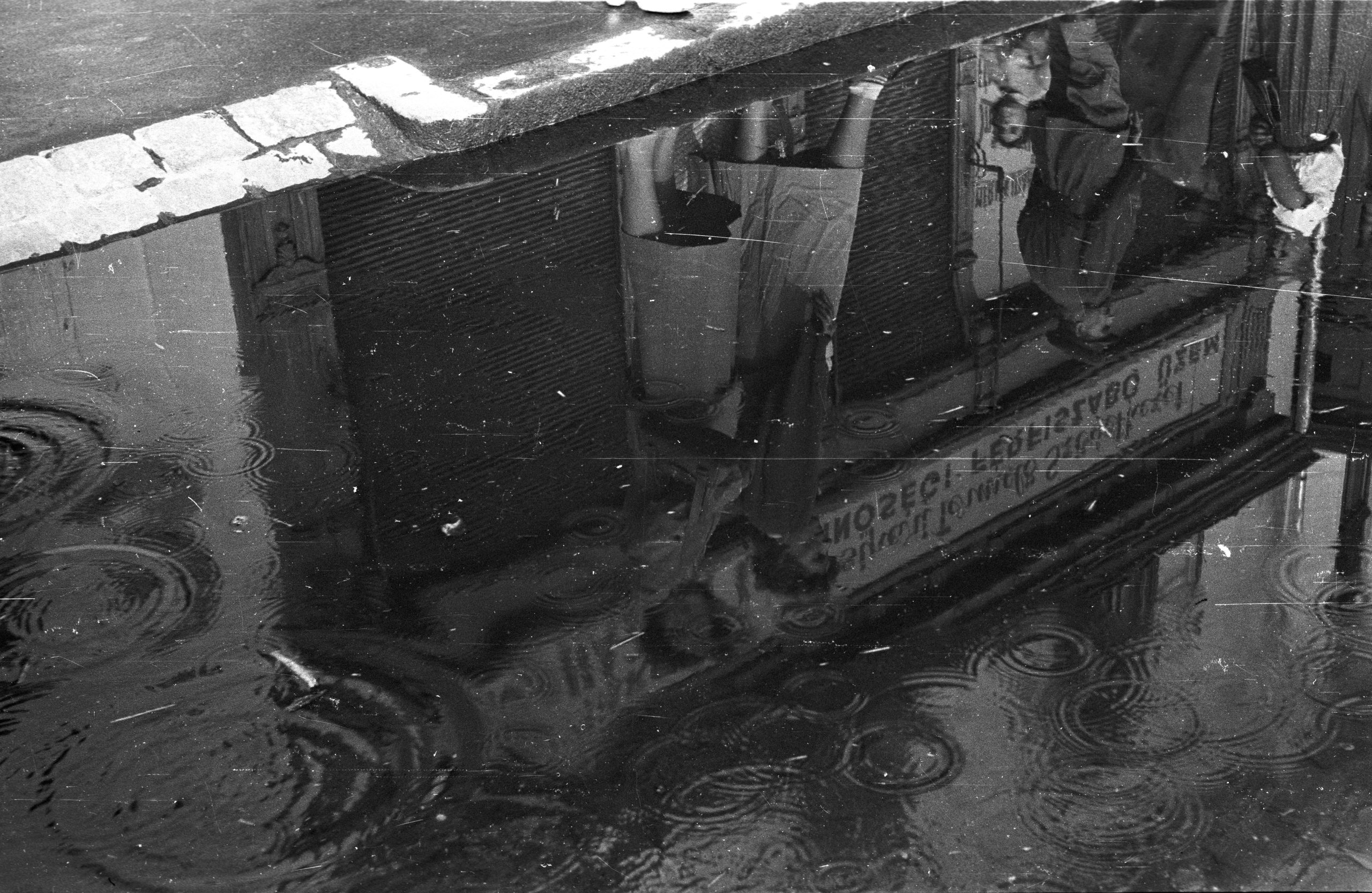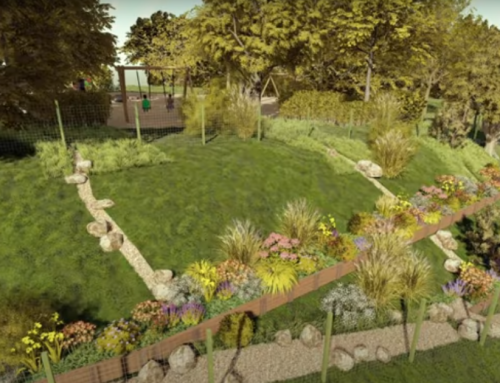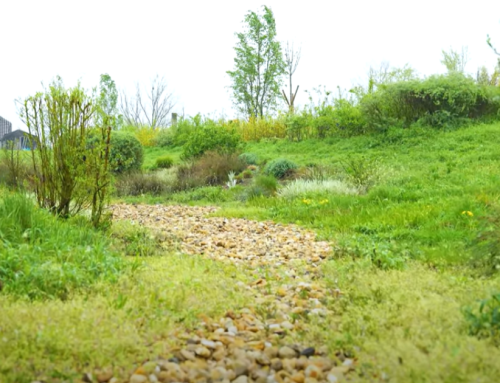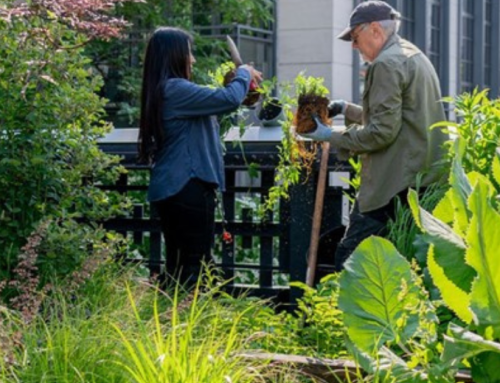“A következő 50 év” kiállítássorozat keretében olyan építészeti praxisokat mutatunk be, amelyek foglalkoznak azzal a kérdéssel, hogy az összeomló klíma, átalakuló társadalom és a fogyatkozó nyersanyag korában, tehát a következő 50 évben, hogyan alakul a szakmagyakorlás, milyen építészeti vagy urbanisztikai válaszok születnek.”

Egyéves építészeti kiállítássorozat indult a FUGA – Budapesti Építészeti Központban a Budapesti Építész Kamara kezdeményezésére. A sorozat 2024. február 14-én indult és december 22-én ér véget, kurátora: GUBAHÁMORI.
Az egy év alatt kétheti váltásban húsz építészeti praxis fog bemutatkozni, a 20 közül nyolcaddikként – 2024. május 22. és június 2. között – azt mutatták be, hogy az építészet hogyan járulhat hozzá ahhoz, hogy szivacs legyen a város.
2028.május 28-án erről beszélgetett Szigeti Ferenc Albert, a TeAM HUb-ot koordináló BURST Nonprofit Kft. vezetője, A Földgömb magazin külsős szerzője, geográfus, humánökológus, Szőllősi Gábor – ügyvezető – Gardenfutura Magyarország Kft. és Fülöp Bence, környezetvédelmi, vízgazdálkodási és klímaváltozási rendszerekre specializálódott építőmérnök. A beszélgetés során a Városi Eső projekt is szóba került.
A korábbi szemlélettel – azzal, hogy „Az a jó víz, ami nincs ott”, vagyis nem okoz problémát a városainkban, az utóbbi években, évtizedekben inkább a „Szüntessük meg a betont, legyen minden zöld” szemlélet uralkodott el a várostervezésben, hiszen a klímaváltozás miatt Magyarország egyik legnagyobb környezeti, gazdassági és társadalmi problémája a vízmegtartás lett. Az építészet nagy kérdésévé pedig az vált, hogy hogyan tud ebben a városi kék-zöld infrastruktúra-fejlesztés segíteni.
Paradigmaváltás indult el, de – ahogy minden paradigmaváltás -, a szivacsváros koncepció elfogadása és alkalmazása is nehéz folyamat.
Az első lépés és egyben a minimum lépték az, hogy a növényeknek, fáknak jobb életteret biztosítsunk, hiszen a jelenleg általános városi faültetési módszerekkel legfeljebb 15 évig képes a fa egészségesen fejlődni. De ez a lépték még nem elég. Valódi paradigmaváltásra van szükség, ahol a kék, a zöld és a szürke infrastruktúrát együttesen kezeljük.
A FUGA a Budapesti Építész Kamara tagságának szabad, élő, kiállító-, találkozó és rendezvénytere.
A kiállítás megvalósulását a Nemzeti Kulturális Alap támogatta.
Borítókép: Fortepan







Hagyj üzenetet